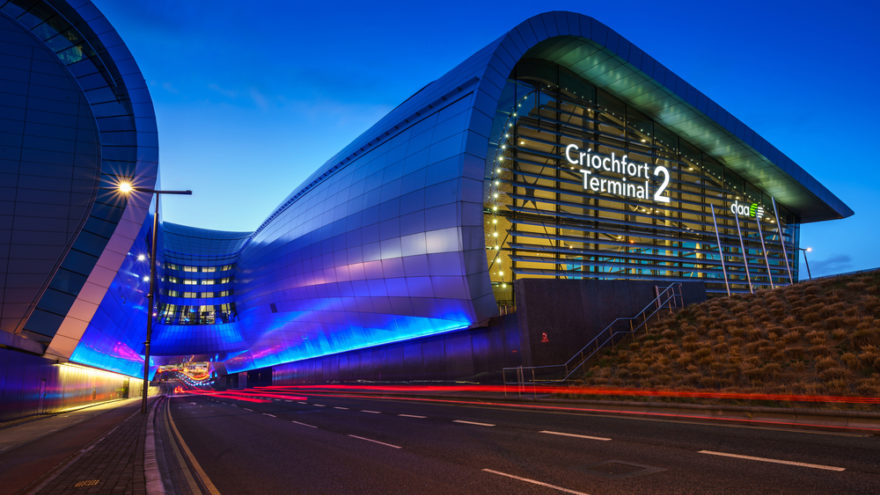In January 2019, the Commission for Aviation Regulation (CAR) published the final version of Dublin Airport Authority Capex Investment Programme 2020+ (CIP) outlining the intended airport development projects for Dublin Airport.
CAR is the body responsible for review and approval of the CIP, in terms of deciding if and how the associated funding can be recovered from airport users in the form of Airport Charges. CAR requested Helios to perform a high-level feasibility and operational impact assessment of the selected CIP projects on the passenger terminal buildings performance.
Aviation consultancy Helios (an Egis company) choose the Pedestrian Dynamics software to support their suite of simulation capabilities and conduct detailed analyses of the processes inside airport terminals, from the moment the passenger enters the terminal until he boards the plane (and vice versa).
“We received detailed and client-oriented training on the software and were pleased with the support and responsiveness we experienced to help us solve any technical challenges.”
Project manager, Peter Straka
Helios has used the software, alongside its own data and techniques, to visualise operations inside the terminal building, to identify maximum capacities in different airport locations, to quantify passenger wait times, hotspots and processing rates. It’s also been used to evaluate crowd control techniques, assess planned operational changes and optimise procedures.
INCONTROL is proud Helios successfully delivered a high-level feasibility and operational impact assessment on Dublin Airport passenger terminal buildings performance using our simulation software, Pedestrian Dynamics®. INCONTROL’s software simulation platform provides predictive analytics for urban areas including airports, (sport)venues, (public)transport and smart cities.

